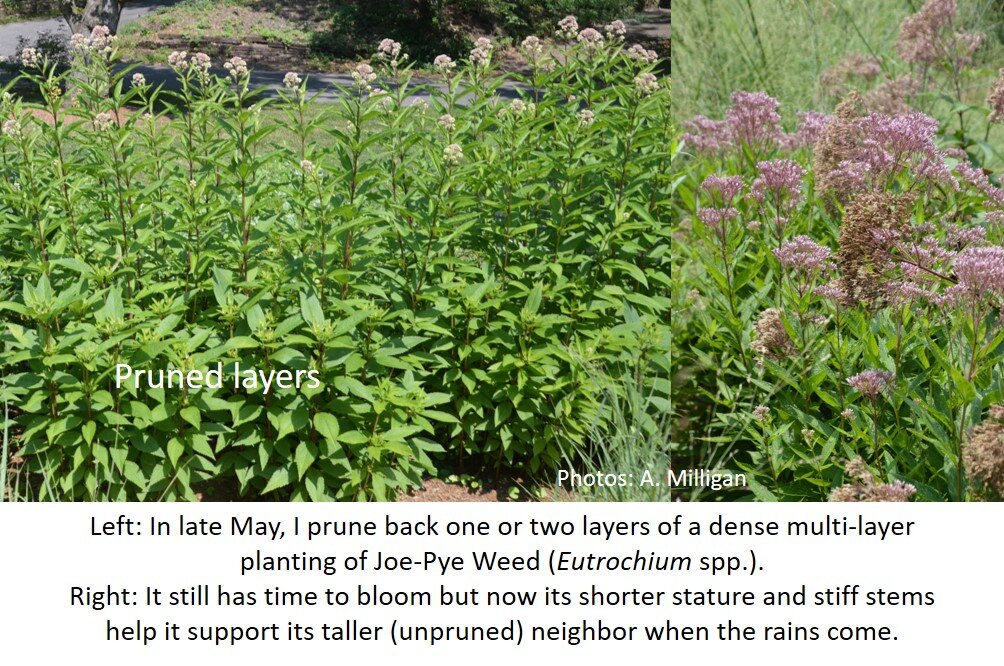December’s Native Maryland Plant
All of them!
Hello Master Gardeners, Master Naturalists and Master Watershed Stewards!
I hope you are all well and are staying safe. This year of coronavirus has been challenging in so many ways; it has limited our ability to work, socialize and educate the public, but we have adapted and learned new ways to communicate, learn, shop and work. With more time spent at home, many people turned to home gardening as a way to work off stress, enjoy the natural world, spend quality time with their children and in some cases add native plants to their landscapes. I have spent a lot of my time gardening as well - and reading. I recommend E. O. Wilson’s, ‘The Diversity of Life’ and Doug Tallamy’s ‘Nature’s Best Hope’.
For those of you who have been reading Latin for Gardeners, it’s now time to test your knowledge of the scientific names of the nine native plants that have been featured this year. It’s always best to use the Latin names of plants when you recommend them to friends and the public – there’s only one Latin name for a plant so it avoids confusion and ensures people select the right plant when shopping at nurseries.
As a reminder, the common names of the plants (in alphabetical order, not how they are shown below) are: Dense St. John’s Wort, Eastern White Pine, Green and Gold, Maple-leaved Viburnum, Marsh Marigold, Monkey Flower, Seersucker Sedge, Shrubby St. John’s Wort, Willow Oak.
The first group of photos shows the plants during their bloom time. The second group of photos shows them in their winter dress. Can you still recognize them? Do you think you can tell a Dense St. John’s Wort from a Shrubby one? I’ve given you a few hints but don’t feel bad if you can’t place them all – Latin is not an easy language. Good luck, or as they say in Latin, “Fortuna!”
Match the number of each plant to the letter of each plant in its winter form (answers at the bottom).
~ Alison Milligan – Mstr. Gardener/Mstr. Naturalist/Mstr. Watershed Steward
Chesapeake Bay Landscape Professional (CBLP)












